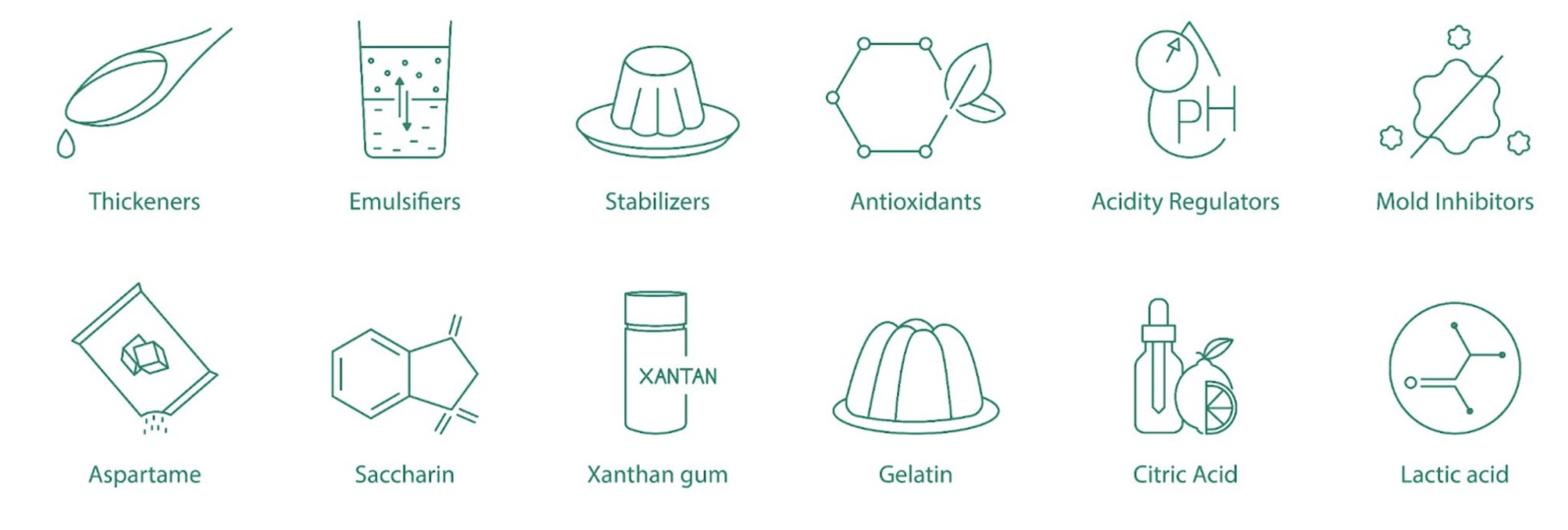The Science Behind Effective Shampoo Formulations: Chemical Intermediates Guide | Tristar
The Science Behind Effective Shampoo Formulations: A Deep Dive into Chemical Intermediates
Creating an effective shampoo involves more than just mixing cleansing agents with water. At its core, modern shampoo formulation is a sophisticated process that relies heavily on chemical intermediates – the building blocks that determine how well a shampoo performs. Understanding these components is crucial for manufacturers and formulators in the personal care industry.

The Foundation: Surfactants as Primary Cleansing Agents
The most critical chemical intermediates in shampoo formulations are surfactants. These amphiphilic molecules possess both hydrophilic and hydrophobic properties, making them excellent at removing oil and dirt from hair. Primary surfactants like Sodium Lauryl Sulfate (SLS) and Sodium Laureth Sulfate (SLES) form the backbone of most shampoo formulations, typically comprising 10-15% of the final product.
Secondary surfactants, such as cocamidopropyl betaine and cocamide MEA, play a supporting role by reducing the harshness of primary surfactants while enhancing foam quality and stability. These compounds are particularly important in premium formulations where mildness is a key selling point.
The Role of Emulsifiers and Stabilizers
Emulsifiers are essential chemical intermediates that ensure uniform distribution of various ingredients in the shampoo formula. Without proper emulsification, oil-soluble ingredients would separate from water-soluble components, leading to product instability. Common emulsifiers include PEG-150 distearate and glycol distearate, which also contribute to the pearlescent appearance many consumers associate with quality shampoos.

Conditioning Agents: The Secret to Smooth Hair
Modern shampoos incorporate conditioning agents to counteract the potentially drying effects of surfactants. Quaternary ammonium compounds (quats) like cetrimonium chloride and behentrimonium chloride are vital chemical intermediates that provide conditioning benefits. These positively charged molecules adhere to negatively charged hair strands, reducing static and improving combability.
pH Adjusters and Preservative Systems
The pH of a shampoo formulation significantly impacts its performance and safety. Chemical intermediates like citric acid and sodium citrate help maintain the optimal pH range of 5.0-7.0, which mirrors the natural pH of hair and scalp. Additionally, preservative systems containing compounds like phenoxyethanol and sodium benzoate protect against microbial contamination, ensuring product safety and longevity.
Viscosity Modifiers and Aesthetic Enhancers
The flow properties of shampoo greatly influence consumer perception and usability. Viscosity modifiers such as sodium chloride and hydroxypropyl methylcellulose help achieve the desired thickness. These chemical intermediates work in conjunction with other components to create a product that’s neither too runny nor too thick.
Future Trends and Sustainability
The shampoo industry is evolving, with increasing demand for sustainable and naturally derived chemical intermediates. Biosurfactants and plant-based emulsifiers are gaining popularity as alternatives to traditional petrochemical-derived ingredients. This shift presents new opportunities for chemical manufacturers to develop eco-friendly intermediates without compromising performance.
Understanding the complex interplay between various chemical intermediates is crucial for developing effective shampoo formulations. As we continue to advance in our understanding of hair care science, the role of these essential components becomes increasingly sophisticated, driving innovation in the personal care industry.
